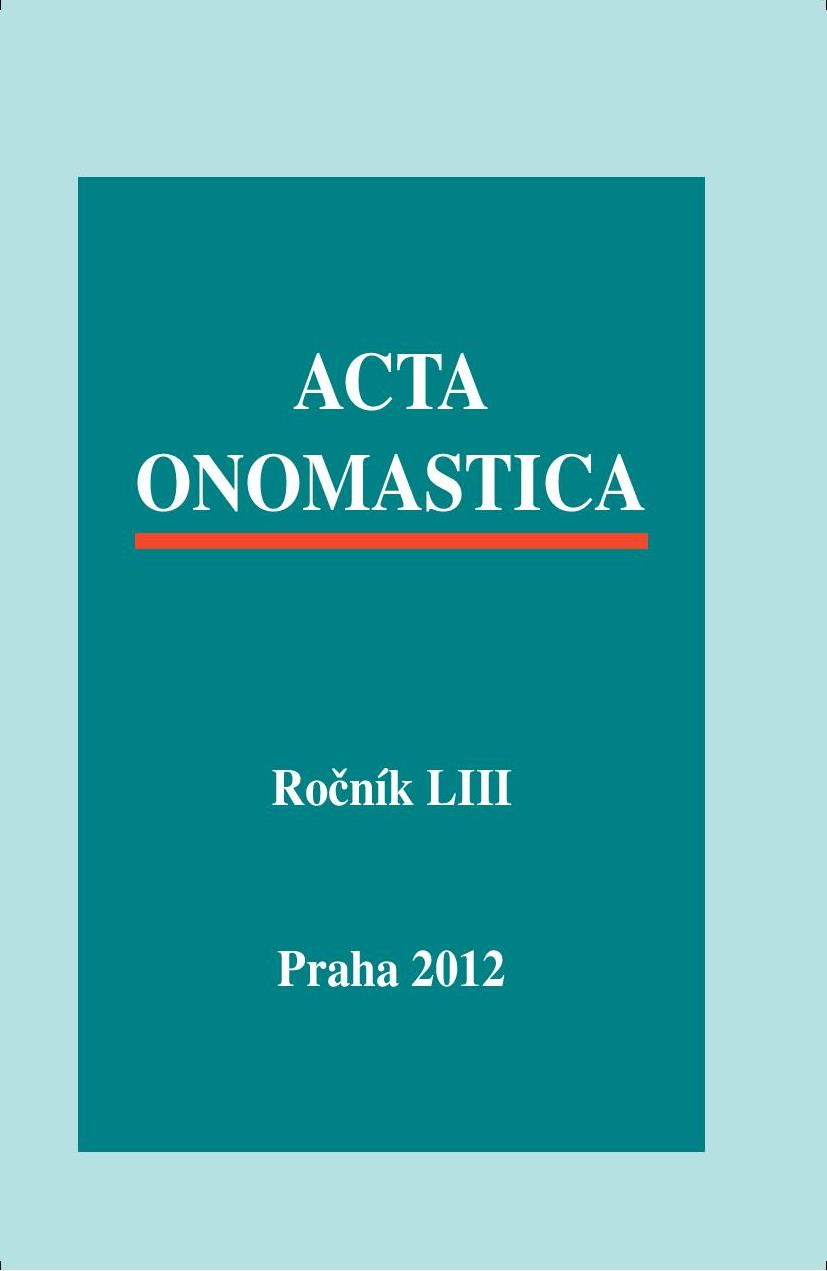Contrastive Analysis of English and Hungarian Toponym Types
Contrastive Analysis of English and Hungarian Toponym Types
Author(s): Andrea BölcskeiSubject(s): Language studies
Published by: AV ČR - Akademie věd České republiky - Ústav pro jazyk český
Keywords: contrastive onomastics; English toponym types; Hungarian toponym types; semantics; cognitive linguistics
Summary/Abstract: This paper attempts to compare some prototypical semantic and lexical–grammatical structures adopted in English and Hungarian toponyms to discover some closely identical (thus presumably universal) as well as some entirely unique (thus supposedly culture- and language-dependent) trends in the place-naming practices of two genetically unrelated languages. The presence of similar basic geographical entities in Britain and in Hungary seems to have resulted in establishing (i) toponyms of identical semantic and grammatical structure; (ii) toponyms of similar semantic, but distinct grammatical structure; (iii) toponyms of similar semantic and grammatical structure including lexemes of restricted use; (iv) toponyms of similar semantic and/or grammatical structure including strongly culture-dependent lexemes and (v) toponyms of distinct semantic and lexical–grammatical structure. In the long run, contrastive analysis combined with historical linguistic methods and a cognitive linguistic approach in place-name studies can definitely cast light on the facts of how humans of different mother tongues conceptualise similar geographic entities and in what forms these concepts are conventionalised in their distinct languages.
Journal: Acta Onomastica
- Issue Year: LIII/2012
- Issue No: 53
- Page Range: 7-27
- Page Count: 21
- Language: English

